Stroke therapy ‘very novel’
By John Gibb
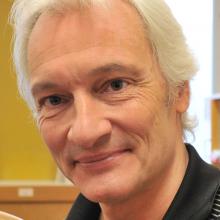
Dirk De Ridder.
A novel University of Otago approach using short bursts of brain stimulation is emerging as a potentially “very promising” way of helping to recover arm and hand function in people who have had strokes.
Every hour, one New Zealander has a stroke, which is New Zealand’s greatest killer, resulting in about 2500 deaths per year.
While sometimes fatal, strokes were more often seriously incapacitating.
Otago University neurosurgery researcher Prof Dirk De Ridder and the anatomy department researcher Prof John Reynolds thought of the “bursts of brain stimulation” through brain implants idea after a “serendipitous meeting”.
“We hope to come up with new therapies to greatly improve the quality of their lives as they recover from their illness,” Prof Reynolds said.
In his own work with stroke models, Prof Reynolds had observed improvements in recovery when stimulation was applied on the opposite side of the brain to which a stroke had occurred.
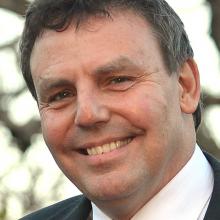
John Reynolds.
In the long term, it was not intended that this neurostimulation would replace traditional rehabilitation therapy, which remained “the standard approach to improve movement and function after stroke”, he emphasised.
“Instead, we hope to find a method that will maximise and maintain the gains that can be obtained from such therapies.”
The Otago researchers were seeking people who had had strokes for an innovative study that “holds promise for restoring their arm and hand function”.
People wishing to take part should contact the anatomy department (phone 479 7362) or contact john.reynolds@otago.ac.nz via email.
Using a technology that involves short bursts of electrical stimulation through brain implants, the Otago research team had now found that applying this stimulus to the non-stroke damaged side of a patient’s brain may potentially improve the movement recovery in their upper limbs.
The Otago approach was “very, very novel” internationally, in the type of stimulation and the approach, he said.
https://www.odt.co.nz/news/dunedin/stroke-therapy-‘very-novel’
BHRC Young Investigator Award 2017
Dr Laura Boddington from the Reynolds lab was recently awarded the annual Brain Health Research Centre Young Investigator Award. Laura graduated from the University of Otago with her doctorate last year. During her PhD she held the prestigious Neurological Foundation Miller Scholarship, and her PhD thesis was placed on the Division of Health Sciences “Exceptional PhD Thesis” list putting it in the top 10% of PhD theses. Laura’s Young Investigator seminar “Enhancing stroke recovery using brain stimulation” covered the research she completed during her PhD examining the use of brain stimulation to alter functional and neurophysiological outcomes following stroke.
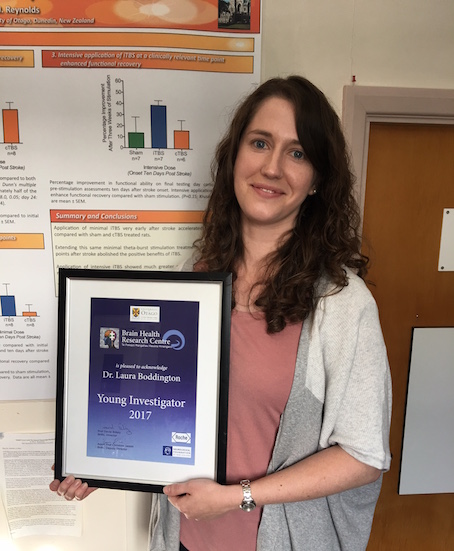
Art and Neuroscience Exhibition
Members of the BGRG have participated in the Brain Health Research Centre and Dunedin School of Art collaboration entitled Art and Neuroscience. The idea was for each artist-neuroscientist pair to share information so that neuroscience research would be expressed in a piece of artwork. This picture shows Amy Moffitt (right) and Louise Parr-Brownlie (left) in front of Amy’s creation entitled Torn, which incorporates classical studio portraiture with contemporary street art. The photos are layered to show that the visual signs of Parkinson’s disease are just that and that the person has interesting past experiences to share and dreams for the future.
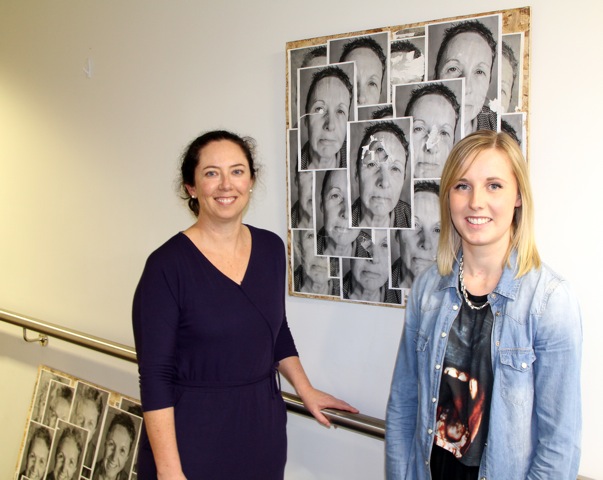
IBAGS March 2013
Several members of the BGRG attended the International Basal Ganglia Society meeting in Iliat, Israel in March 2013. Pictured are Justine Fuller, Louise Parr-Brownlie and Clementine Bosch at the conference dinner, held at a bedoin-style camp.
Graduation Dec 2012
Congratulations to Laura Boddington who received her BSc in Neuroscience with first class Honours! Next year she’ll be back for more, having received a Miller Scholarship from the Neurological Foundation of NZ to undertake her PhD studies.
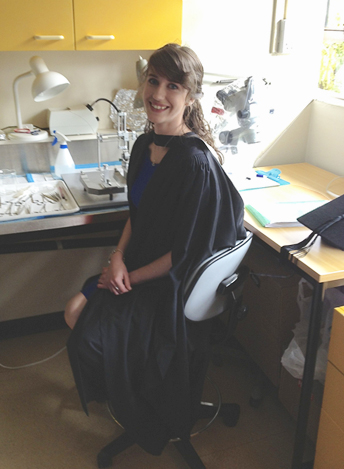
Anatomy Departmental Xmas Function 2012
In a belated effort to show we could keep up with the best in Movember, here is the Reynolds lab at Glenfalloch in December. Spot the photoshopped moustache and the real one….
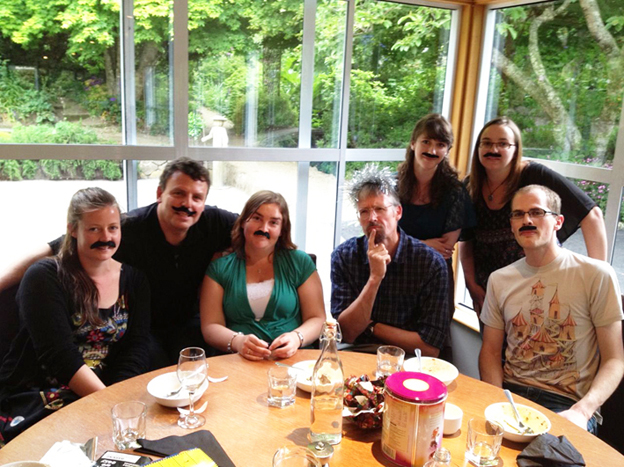
Have technology, will travel…
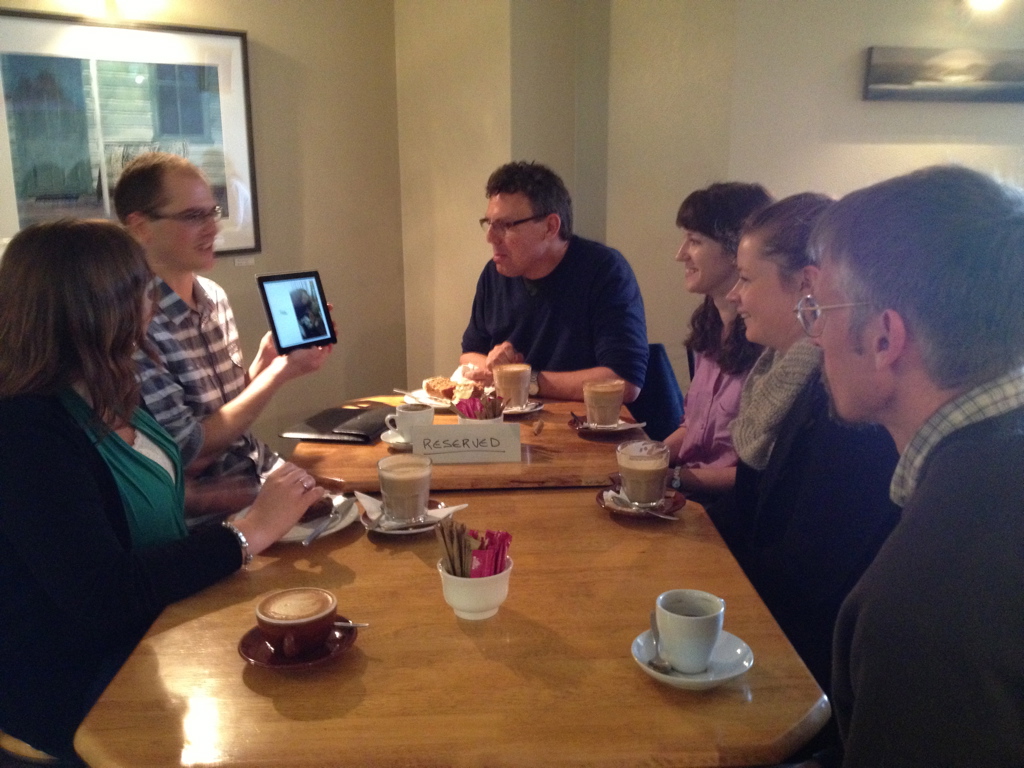
Reynolds Group December Lab Meeting, Cinnamon Cafe!
Society for Neuroscience Meeting New Orleans 2012
A number of us made the long journey to attend this meeting in New Orleans. Apart from fun times in Bourbon St, there was also some great science to see!
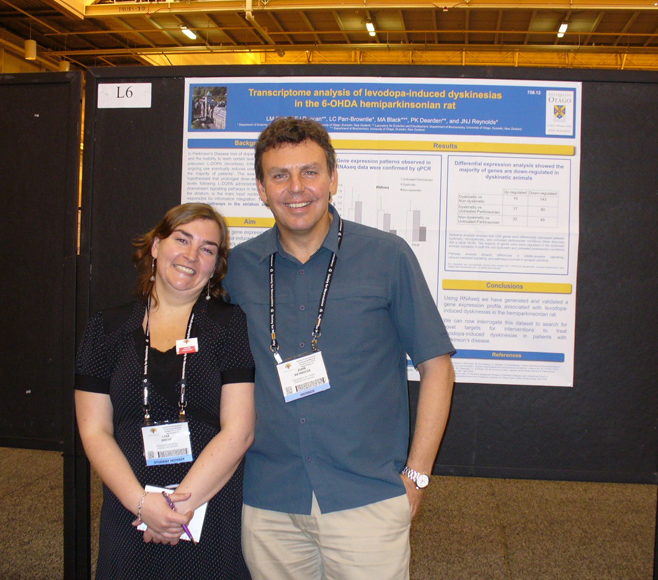
Lisa Smith and John Reynolds at Lisa’s poster.
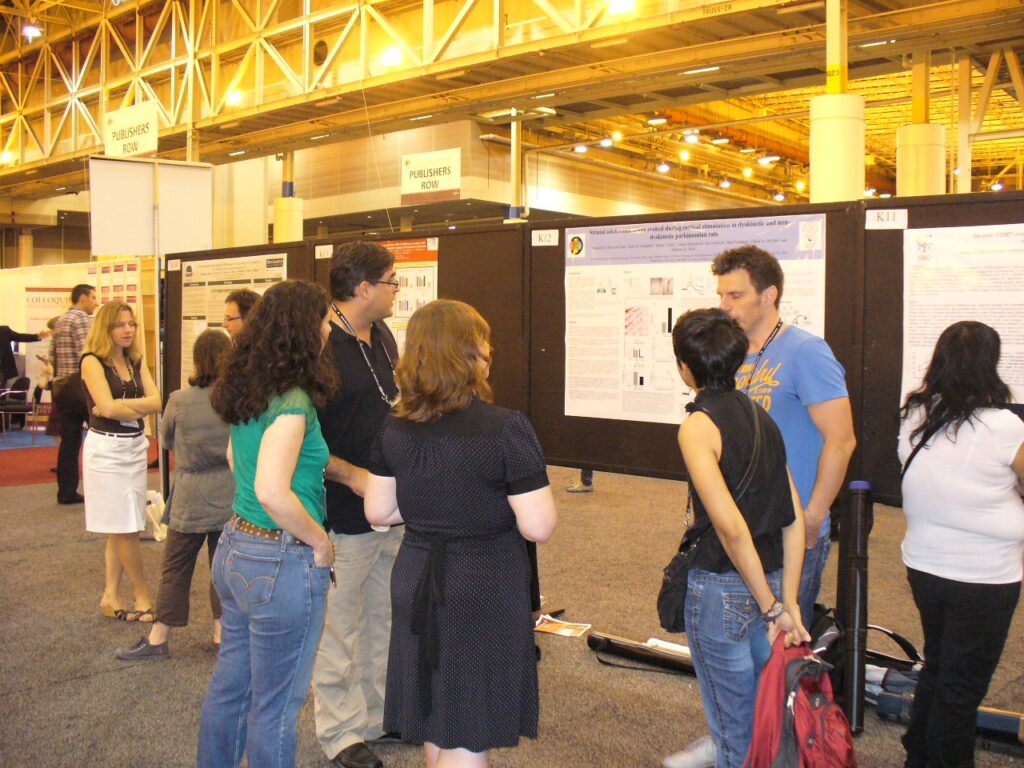
Chatting to basal ganglia scientists from the US (L to R) Louise Parr-Brownlie, Tony West (Rosalind Franklin University, Chicago), Lisa Smith, Irene Avila (National Institute of Aging, NIH), Frederick Manfredsson (Michigan State University, East Lansing).
Australasian Winter Conference on Brain Research, August 2012
Many members of the BGRG attended this meeting in Queenstown.

A break from talking science at AWCBR, for wine tasting at Chard Farm in Gibbston Valley. Past and present BGRG members (L to R) Louise Parr-Brownlie, Dee (Shane’s partner), Shane Little, Hannah Lumley, Clementine Bosch, Rachel Sizemore and Emma Gowing.